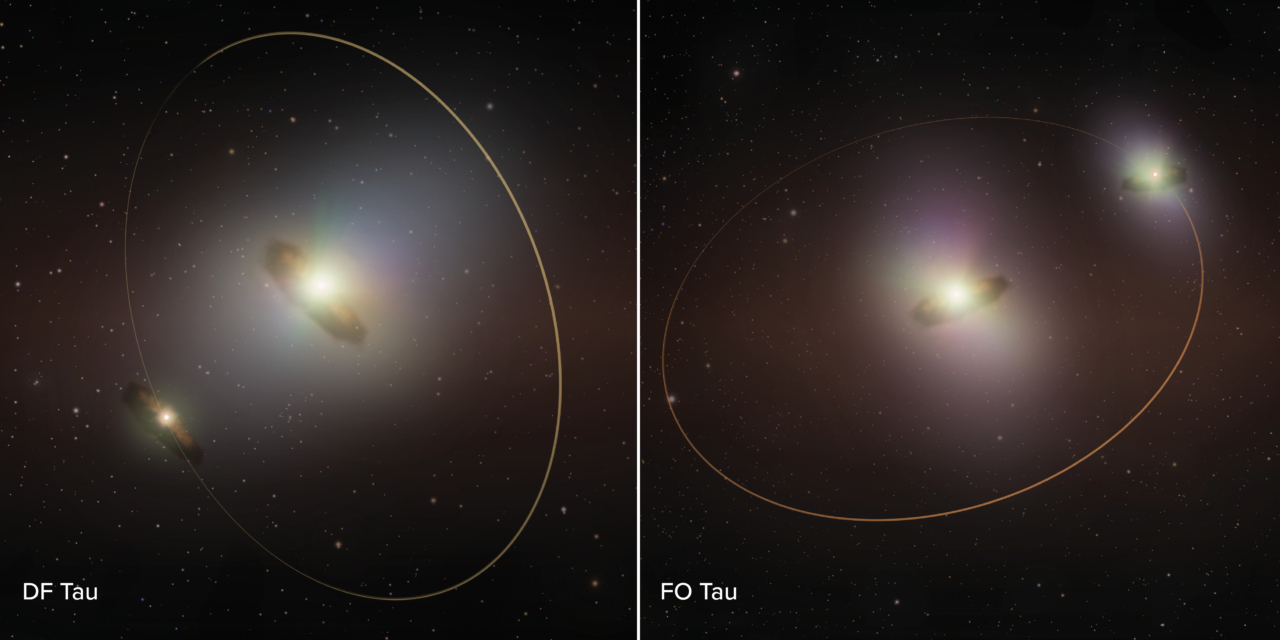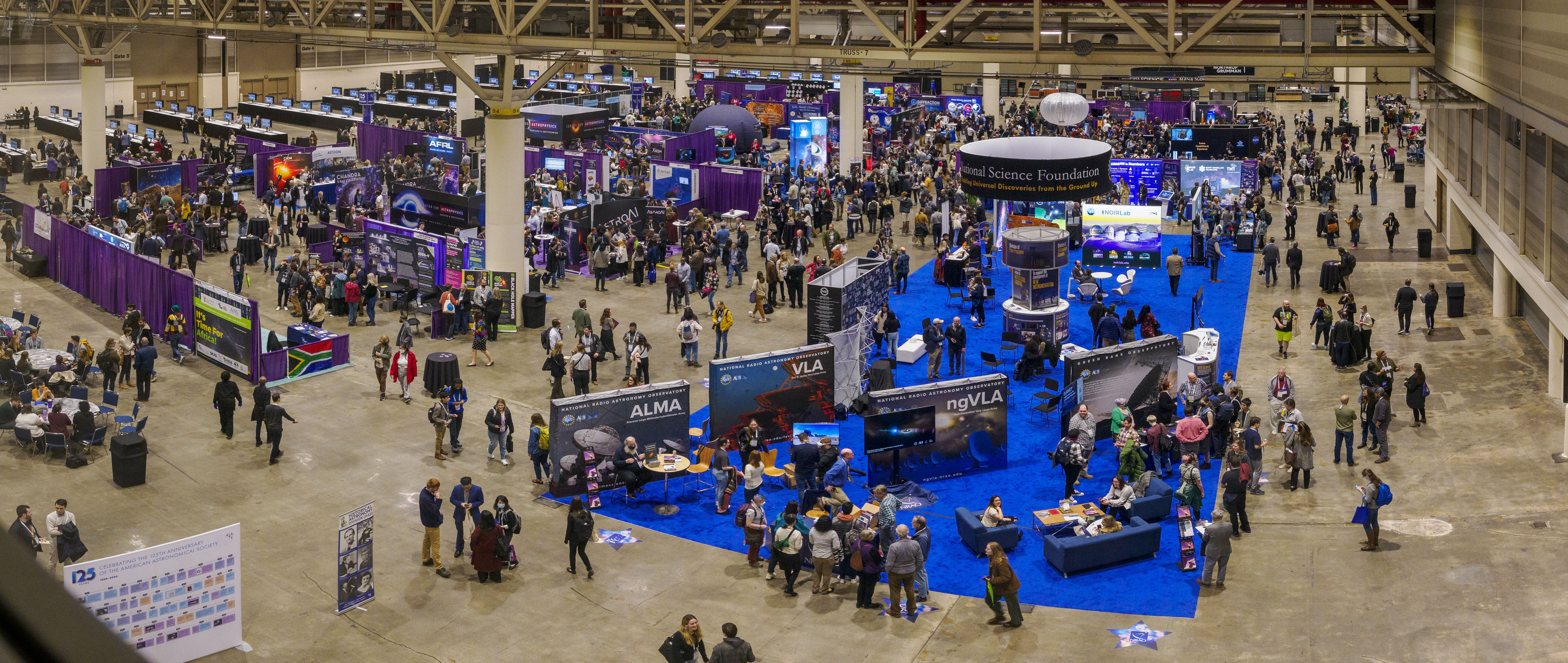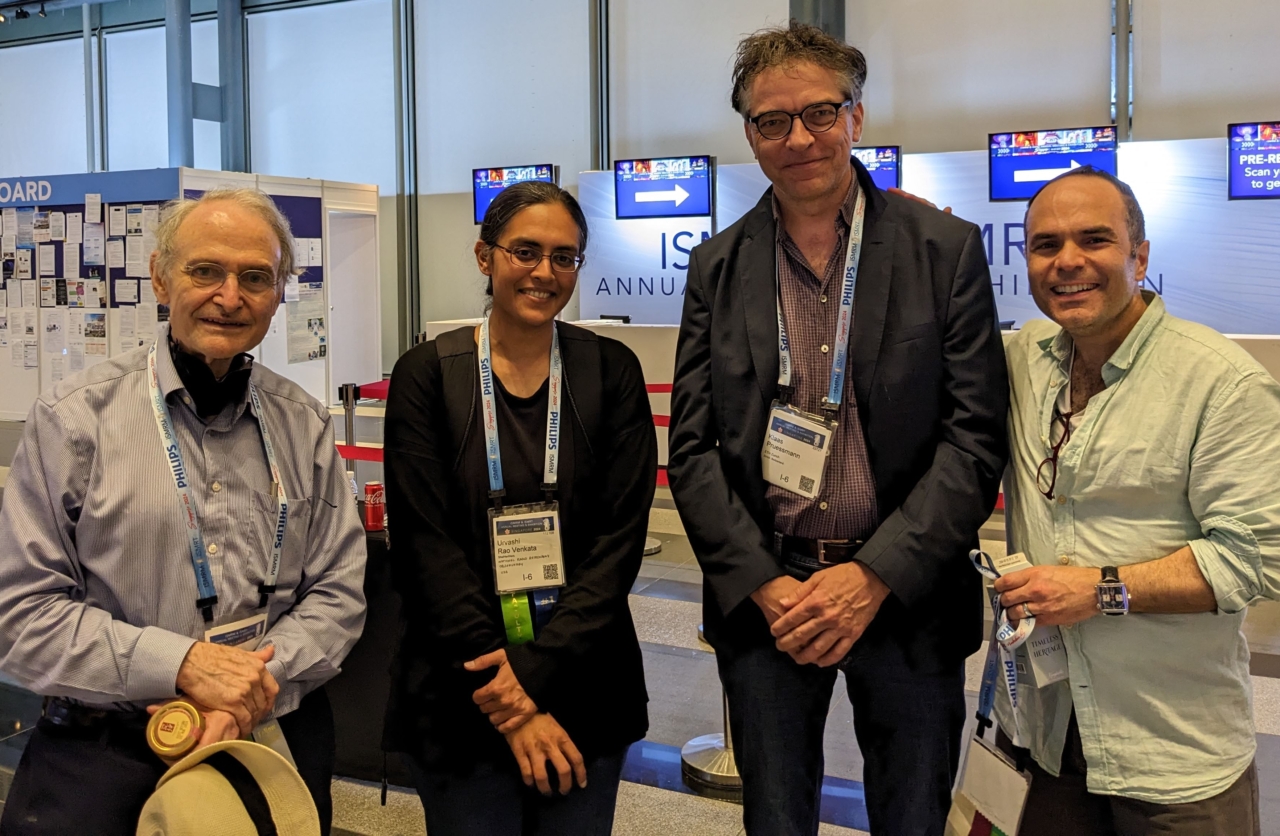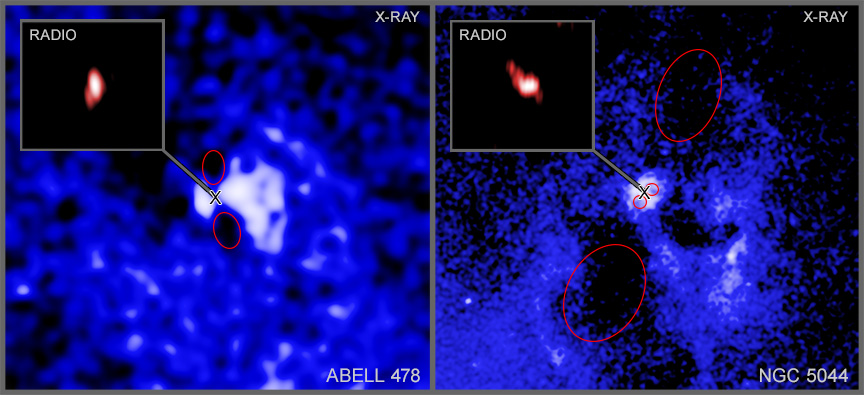At the 244th meeting of the American Astronomical Society (AAS), researchers unveiled groundbreaking findings from a pioneering high-angular resolution program that sheds new light on the process of planet formation in circumstellar disks around young stars in binary systems.




